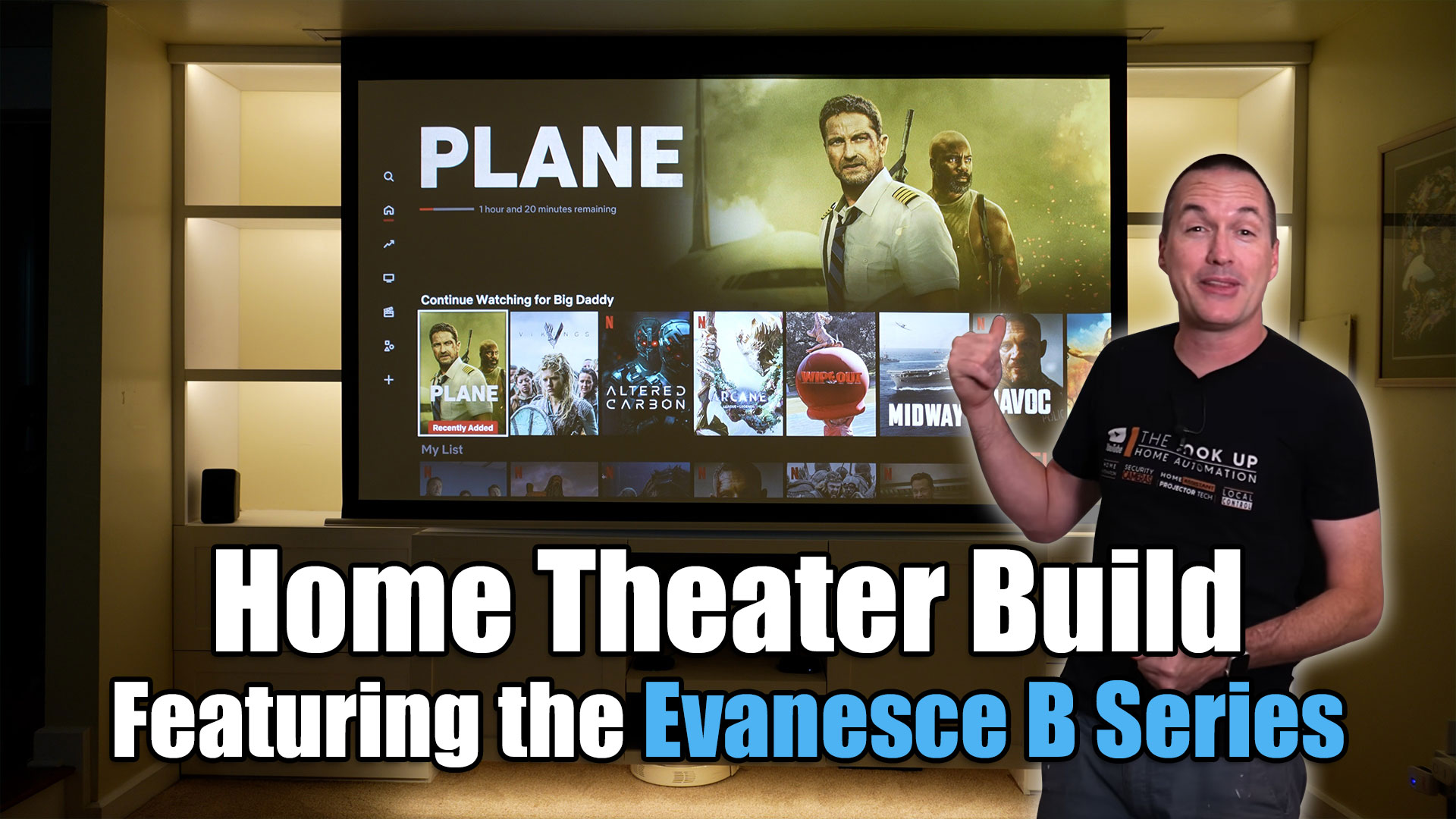A: Matte grey was an earlier effort by projection screen manufacturers to enhance projector performance when projectors had limited performance ranges in need of a little help. Matte grey materials added a darker shade to projected images that would enhance black levels to a degree. The down side is that a projector with a high lumens output and interior light control was required. The next generation materials we offer now are CineGrey 3D / CineGrey 5D. The CineGray materials are ambient light rejecting. This means that the new materials will give you flat panel display brightness even with high levels of interior lighting. The old matte grey materials are washed out by interior lighting. Also, the Cinegrey series of ALR and ceiling light rejecting (CLR) screen materials give reference grade quality that is world class certified by the Imaging Science Foundation (ISF) for its professional grade abilities to provide accurate color rendition, contrast, and black/white dynamic range. The CineGrey 3D® has a wider diffusion range while the CineGrey 5D® is brighter. Comparing either CineGrey 3D/5D materials to the old matte grey is like comparing a couple of souped-up Ford Mustangs to a Model T.
A: Yes, you can buy a screen material sample by clicking on the link below.
A: Screen material selection will depend on various factors such as type of application, environment, and projector. Please see the screen material selection guide for a better understanding of the materials we offer.
A: The three main criteria of comparison Color balance/temperature, Brightness and Contrast. The screen’s ability to give neutrally balance is measured by a color temperature meter that seperates the various color intensities which are measured in Kelvins to ensure that a precise color balance or shift is recorded. Brightness is how well the screen reflects a projected image. A light meter is used to measure the intensity of light in 10nm increments. Contrast is the measured ratio between light and dark levels. It is also measured by a light meter or flash meter that can measure both light and dark levels and then calculate a ratio between the two.
A: Active 3D– All of Elite Screens’ materials are compatible with active 3D projectors. The system utilized by Active 3D projector setups does result in an overall loss in brightness however. When 3D mode is activated on a projector, up to 50% of the lumen output is lost. The image brightness is further diminished as the viewer is required to use dark tint glasses. If the majority of viewing will be done in Active 3D, Elite Screens recommends a higher gain screen materials such as, CineGrey 3D® and CineGrey 5D™, to help offset lumen loss.
The following is a list of all Active 3D compatible Elite Screens materials:
| AirBright 3D2 | AcousticPro UHD | AcousticPro A1080P3 | AcousticPro A1080P2 |
| CineGrey | CineGrey 3D® | CineGrey 5D® | CineWhite® |
| DynaWhite | DynaBrite | MaxWhite® B | MaxWhite® |
| MaxWhite® FiberGlass (FG) | VersaWhite | PowerGain | SilkWhite |
| SpectraWhite FiberGlass (FG) | StarBright™ 4 | StarBright CLR® | WraithVeil |
| WraithVeil2 |
Passive 3D– In addition to being compatible with Active 3D, Elite Screens’ CineGrey 3D ® and CineGrey 5D® materials are also Passive 3D compatible. The benefits of Passive 3D polarized silver projection screens are that they increase the brightness of projected 3D images while allowing them to maximize retention of polarization levels. Lastly, its diffusion layer enhances contrast. Although passive 3D imaging can arguably be performed on other projection materials, the polarized silver materials optimize overall 3D performance with the best results.
The following is a list of all Passive 3D compatible Elite Screens materials:
| CineGrey 3D® | CineGrey 5D® |
A: Black Backing is an important feature that prevents light penetration and increases reflectivity for sharper color reproduction.
A: All Elite Screens projection materials with the exception of the StarBright™ 7 and the StarBright™ 4 can be cleaned with mild soap and water using a soft terry cloth. For stain removals try using GooGone.
- StarBright™ 7 material is to be cleaned with a very soft cloth and mild soap and water. Do not rub the viewing surface or permanent damage will occur.
- StarbBright™ 4 (WhiteBoardScreen™) is cleaned with the included spray bottle and the high density eraser. For deep cleaning, we recommend using a low alcohol product and wiping it off with the high density eraser.
Please see our Screen Material Care Sheet for selected materials. And specific Care Sheets for the CineGrey 5D® and CineGrey 3D® materials.
A: Upon the first time you lower the screen from its casing, the material may have a series of noticeable horizontal lines on its surface. These are known as memory lines. Memory lines are caused when the pliable projection material is rolled up and stored for the duration between its production and sale. For non-tensioned materials, you may also notice curling along the vertical edges of the screen. This is caused mainly by the material’s multiple layers contracting with a cold room temperature. Please try this easy method in order to reduce the memory lines and side curls. After installation, leave the screen in the down position for a few days with the room temperature preferably above 75° F and then commence regular (up/down) usage as intended. This allows the material to relax/stretch out and cure itself to your home environment. After a few days, the lines should diminish and the edge curling will relax so as not to negatively affect the projected image during its many years of its use.
*Important Note: At the Society of Motion Picture and Television Engineers (SMPTE) recommended viewing distance of 3 times the image height of your screen, any line artifacts should no longer be visible.







